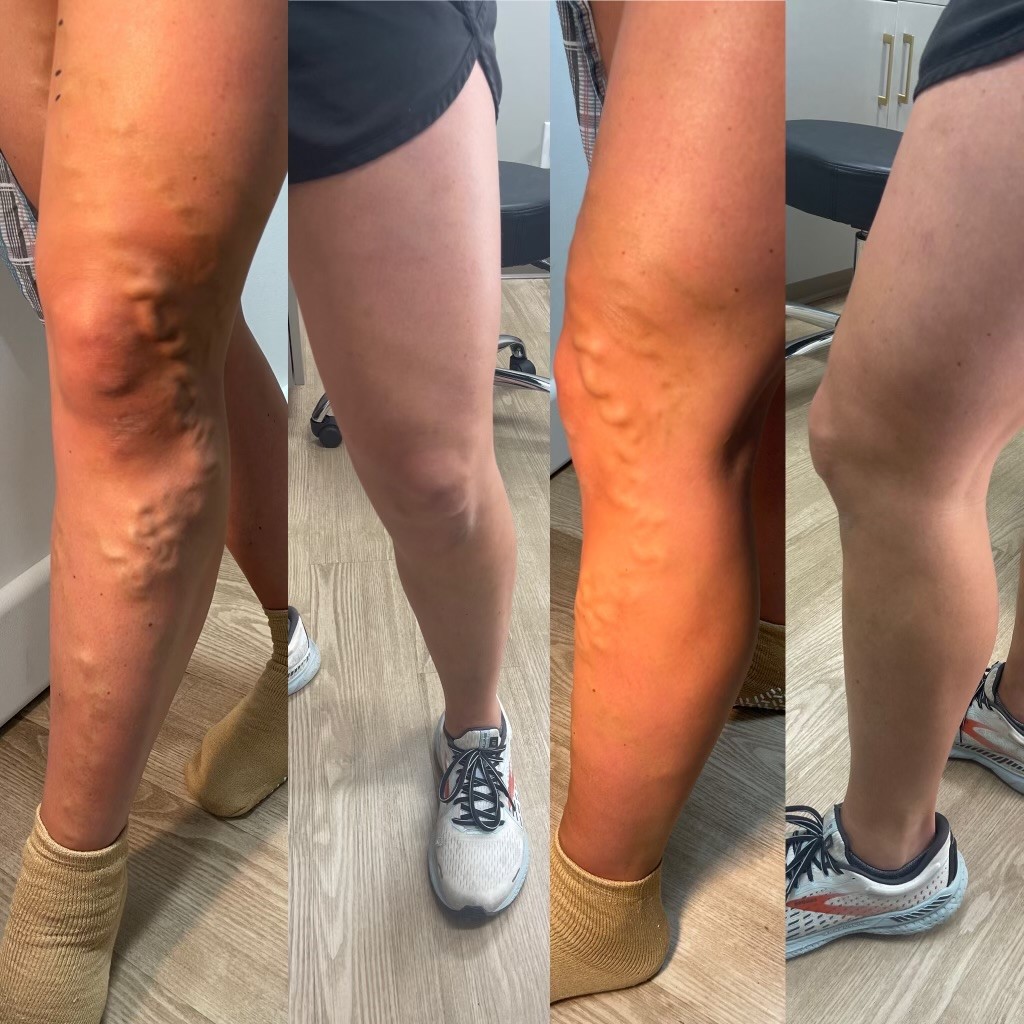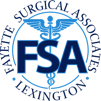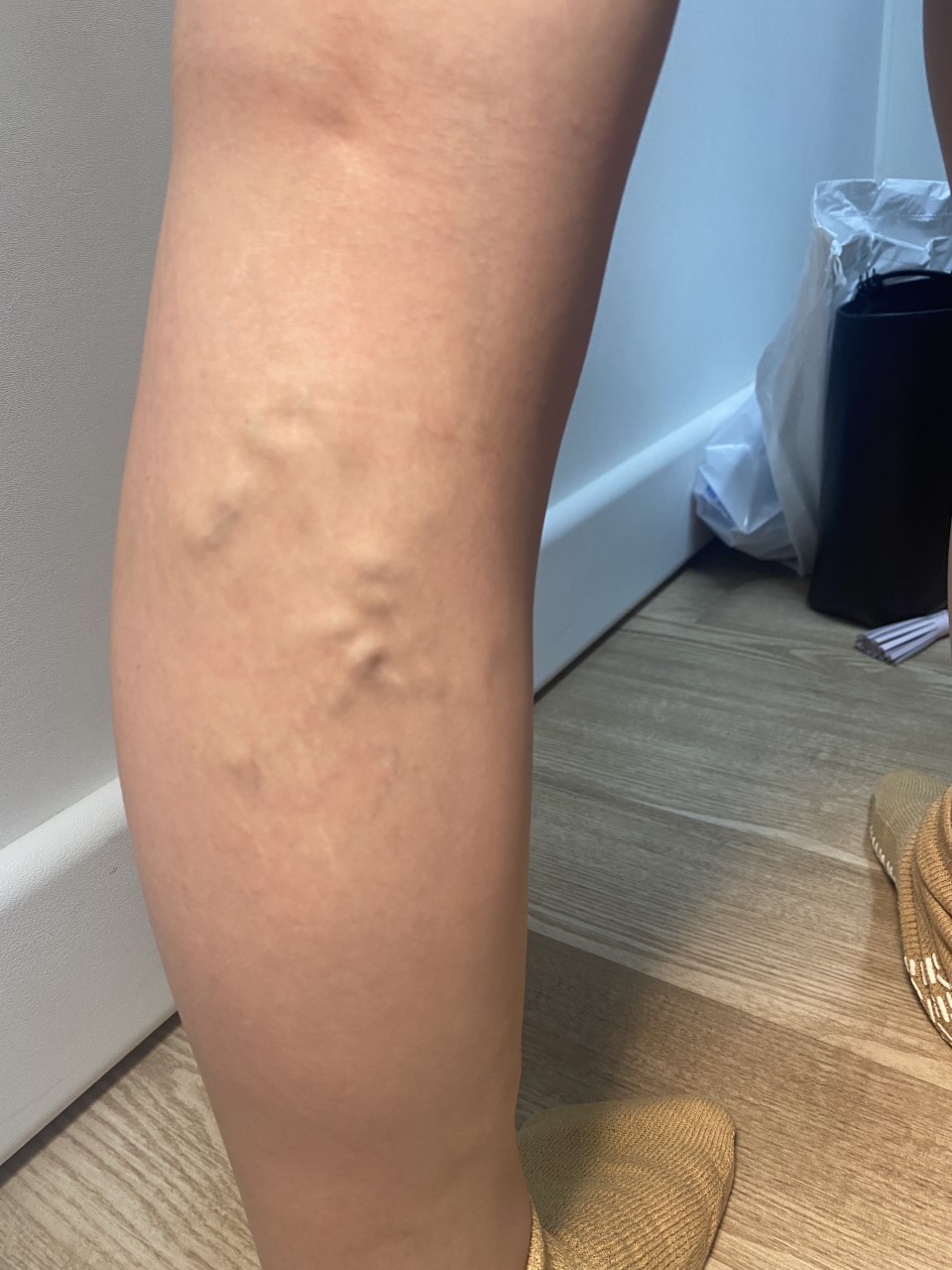Varicose Veins Q & A
Varicose veins are a very common problem in women as well as men that appear as bulging veins that appear under your skin. This most commonly occurs in the legs. They are very commonly seen within families and you may also be at risk of developing varicose veins if you spend a lot of time on your feet or you’re overweight or obese. They cause symptoms of tiredness, aching and heaviness. There is frequently swelling and itching as well.
Varicose veins develop when the valve in your vein that helps control blood flow becomes damaged or weak. Your veins are responsible for pushing blood back to your heart and lungs for reoxygenation. The valves help push the blood forward and prevent the blood from flowing back.
If the valves become damaged, they may allow the backflow of blood that creates the twisted, purple veins.
Varicose veins rarely cause serious health issues, but they can lead to the development of nonhealing leg ulcers or the formation of blood clots. If you have varicose veins, you should have them evaluated and monitored by Vein Care to assess your risk of complications.
If you don’t like how your varicose veins look or feel, the team Vein Care offers a variety of options to improve or remove the unsightly veins. Initially, your specialist may recommend self-care at home, such as using compression stockings and keeping your feet elevated when possible to support blood flow and prevent the backflow that causes the veins to develop.
However, if your varicose veins are severe, or causing other health issues, the team offers treatments to get rid of your veins, including:
- Endovenous ablation using either laser therapy or radiofrequency ablation.
- Microphlebectomy
- Nonphysician compounded foam injection (Varithena)
- Injection sclerotherapy
Your specialist determines the most appropriate treatment for you based on your symptoms, examination and venous ultrasound findings.
Call Vein Care to talk to a vascular care expert about how they can help you get rid of your varicose veins.


